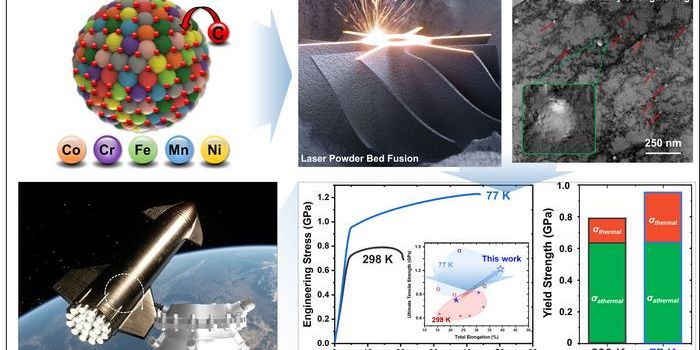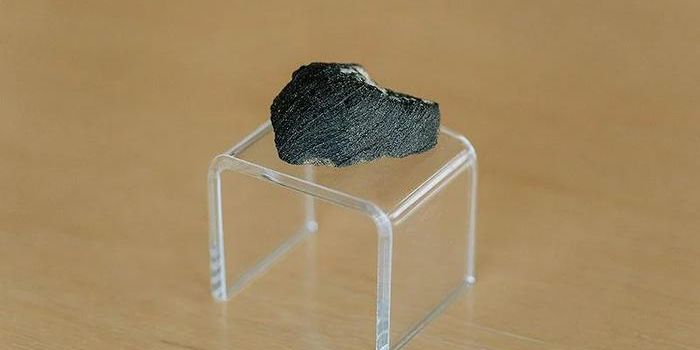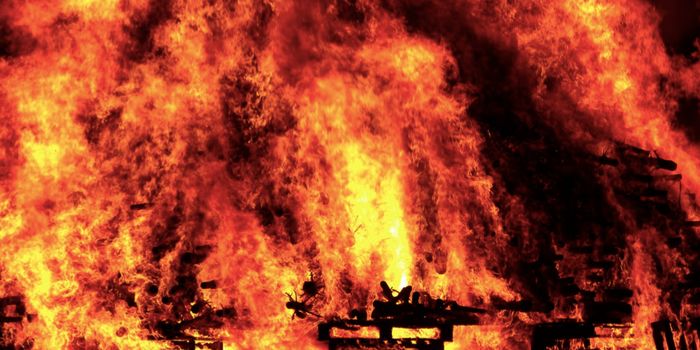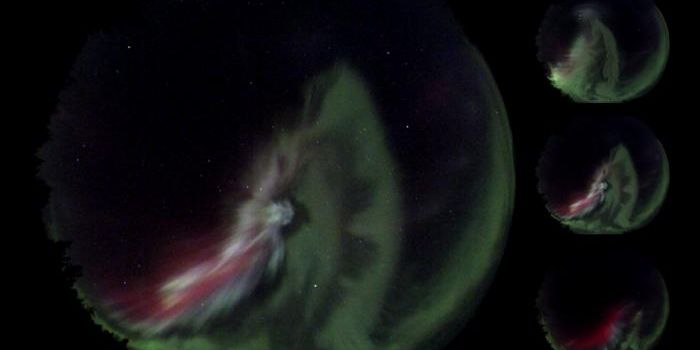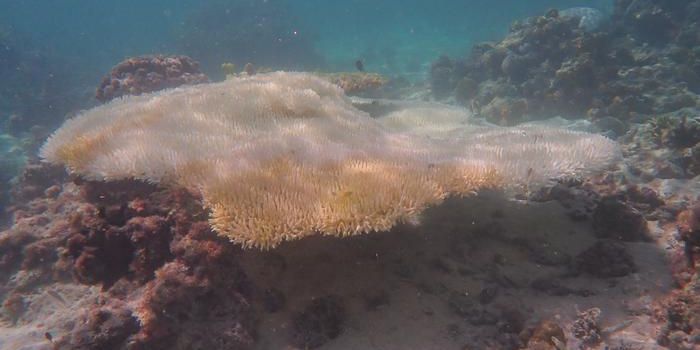Earth & The Environment
Recharging Mechanisms Reduce Methane Production in Wetlands
MAR 07, 2014 12:00 AM PST
Share
Radioactive Fukushima Waters Draw Near to North American Coastlines
 Residents of Western Canada are not quite sure how to welcome the latest Japanese import to reach their shores - radioactive water from the Fukushima nuclear power plant that was rendered inoperable by the 2011 earthquake and subsequent tsunami.
Residents of Western Canada are not quite sure how to welcome the latest Japanese import to reach their shores - radioactive water from the Fukushima nuclear power plant that was rendered inoperable by the 2011 earthquake and subsequent tsunami. Radioactive cesium isotopes have been detected in the waters off the coast of Vancouver, British Columbia for some time now, but the levels detected were well below the permissible limits for drinking water. Scientists made this announcement during the Ocean Sciences Meeting of the American Geophysical Union.
Among the radioactive isotopes released from Fukushima were two isotopes of cesium, cesium-134 and cesium-137. Since cesium-137 has a 30-year half-life, it persists in the environment for decades - for example, cesium-137 residuals from the atomic bomb testing in the 1950's and 1960's are still present as background measurements in the U.S. However, cesium-134 has a half-life of only two years, making it an excellent marker to track the flow of radioactive Fukushima waters.
Monitoring stations in the ocean west of Vancouver have been registering slowly rising levels of cesium-134, reaching 0.9 Becquerels per cubic meter in June of 2013. Models differ on the expected peak level of cesium on the Western Coastlines of the U.S. and Canada, predicting peaks between 2 and 27 Becquerels per cubic meter. The models agree that cesium-134 should reach the coasts in early 2014 and peak in 2016.
For frames of reference, typical background levels of the more persistent cesium-137 (measured in 2008) range from 0.3 Becquerels per cubic meter in the waters off Antarctica to 16 Becquerels per cubic meter in the Black Sea (near Chernobyl). The cesium standards for safe drinking water are 10,000 Becquerels per cubic meter in Canada, and 7,400 Becquerels per cubic meter in the U.S. Cesium measurements near Fukushima immediately after the meltdown were 10 million Becquerels per cubic meter.
Some scientists are concerned about the fact that the models differ by a factor of ten, because even though this particular event is well below the safety limits, a future event could require a more accurate model to take decisive action. However, the one benefit of this event is that the models will be relatively easy to verify thanks to the absence of background cesium-134 to muddy the readings.
The cesium has not reached U.S. shores yet because of the direction of the Kuroshio Current that flows by Japan and across the North Pacific toward Canada. The current will eventually take the radioactive waters down the North American coast and loop it back into the Pacific toward Hawaii. Monitoring will continue at different places throughout the current path to check cesium content and verify (or disprove) the current models.
In summary, there appears to be no reason for concern about contamination of the North American water supply from the waters of Fukushima. A few more Becquerels per cubic meter is probably no reason to run off to the supermarket for drinking water, and perhaps a bit of cesium adds extra flavor. Drink up!
You May Also Like
Loading Comments...

